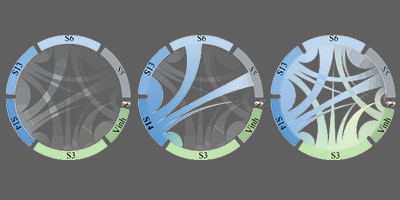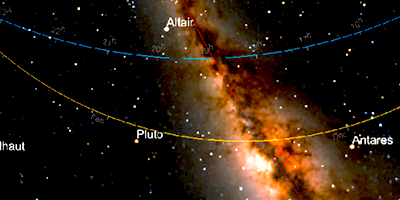Peppa Pig, Tracking Meteorite Trajectory and Computational Linguistics: Wolfram Community Highlights

Over the past 16 weeks, Wolfram Community has gained over 1,000 new members—surpassing 21,000 members total! We’ve also seen more activity, with 800,000 pageviews and 160,000 new readers in that time period. We enjoy seeing the interesting and unique projects Wolfram Language users come up with and are excited to share some of the posts that make Wolfram Community a favorite platform for sharing, socializing and networking.
Analysing Wikipedia Articles per Language & Its Native Speakers’ Population
Jofre Espigule

To mark UNESCO International Mother Language Day on February 21, Wolfram’s Jofre Espigule celebrated by exploring different mother tongues using the Wolfram Language’s LanguageData function. Jofre illustrates how well-protected languages have a bigger internet presence, displayed through Wikipedia articles and reflected in the state of different languages in countries of varied economic development.
Introducing Anamorphic Movies
Erik Mahieu

Mirror anamorphism is, effectively, “what you get is not what you see.” To demonstrate anamorphic movies, Erik Mahieu uses Bugs Bunny, the Wolfram Language and a curved cylindrical mirror to show how distorted images can be projected to show beloved childhood cartoon characters (or whatever your imagination comes up with!).
Analyzing Data from the Cuba Meteorite Fall of Feb 1, 2019
Jeff Bryant

On February 1, 2019, a meteor exploded over western Cuba in the area of Viñales, where meteorites were found. Wolfram’s Jeff Bryant analyzes data gathered by the American Meteor Society to estimate the meteorite’s trajectory and impact point, as well as the area of observability (defined by the altitude at which the meteor was estimated to have exploded), among other things.
Peppa Pig on Non-Orientable Smooth Manifold
Shenghui Yang

Can Peppa Pig from the famed British children’s TV series teach us a few things about topology? Enchanted by math and aided by Wolfram’s Shenghui Yang, Peppa Pig transports from her usual peaceful (and 2D) village in Euclidean space into a magical place of smooth, curved manifolds. Adventurous Peppa goes through surfaces of cylinders and Möbius strips, and with the help of the Wolfram Language, she masters the powerful magic of manifold orientation.
Helping Kids: English Vocabulary Building Games in Wolfram Language
Anmol Singh

When Anmol Singh, a high-school student from New Delhi, volunteered for community service to teach basic English vocabulary to underprivileged kids, he quickly realized that standard teaching methods couldn’t hold their attention for very long. He implemented the Wolfram Language to create educational games, such as a variation of Hangman and a new game he calls “The Three-Word Thriller.” Using Wolfram Language-based games accelerated their learning process and exposed them to a level of technology they had never seen before.
Starry Night over Water
Silvia Hao

There isn’t much that’s more relaxing than watching stars reflecting off a body of water, and Silvia Hao, CEO of Glimscape Technology, shows how you can conveniently do it on your computer screen.
If you haven’t yet signed up to be a member of Wolfram Community, please do so! You can join in on similar discussions, post your own work in groups of your interest and browse the complete list of Staff Picks.



Comments